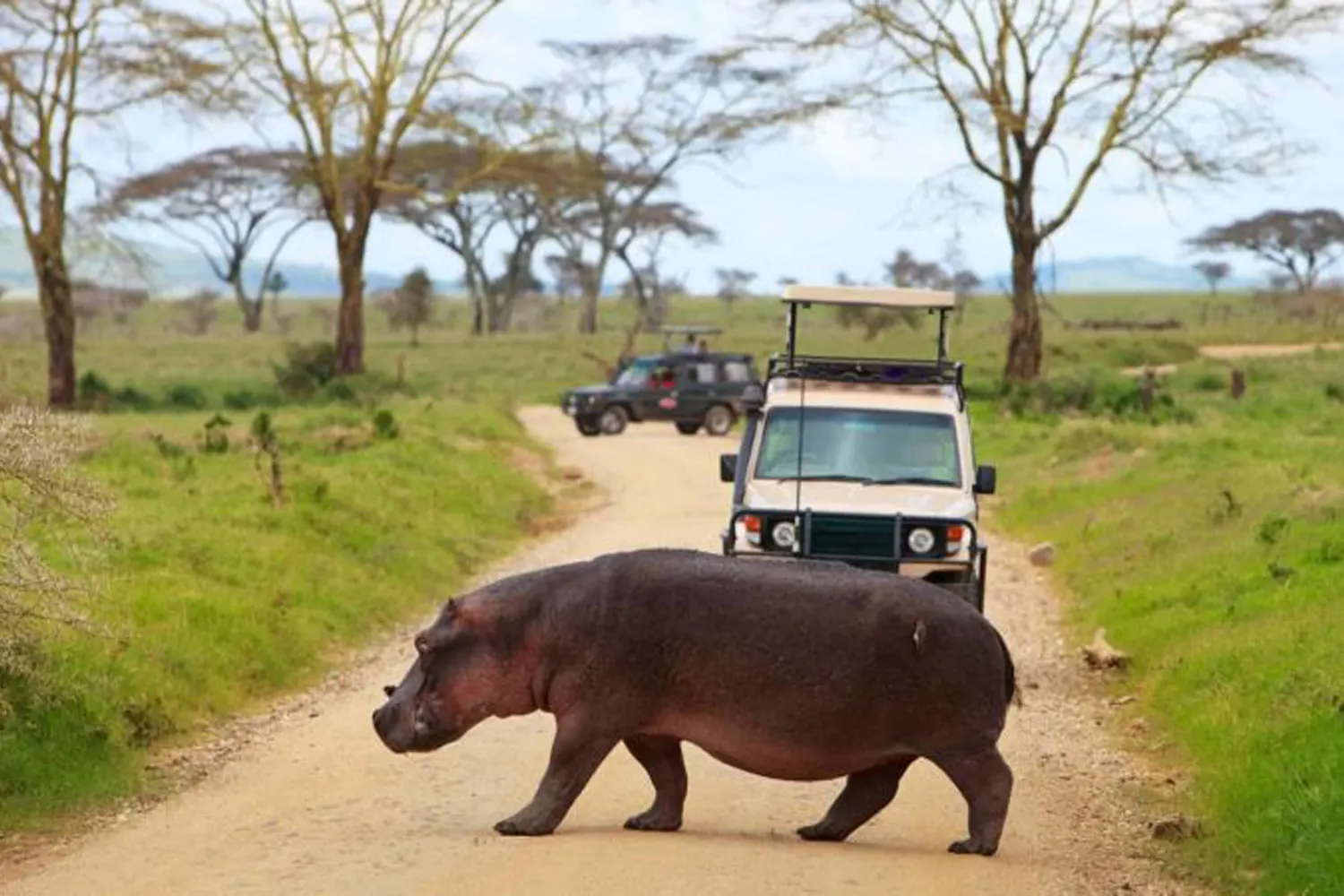Best Time to Visit Tanzania: Tanzania Weather and Seasonal Guide
Tanzania offers a year-round appeal with diverse experiences—from thrilling wildlife safaris in the Serengeti to tropical relaxation on Zanzibar’s beaches and conquering Mount Kilimanjaro. However, the best time to visit Tanzania largely depends on the weather patterns, wildlife movements, and your chosen activities. Whether you're planning a game drive to witness the Great Wildebeest Migration, hiking Kilimanjaro, or enjoying the spice-scented breeze of Zanzibar, understanding Tanzania"s climate is essential. This guide breaks down the dry and rainy seasons, month-by-month tips, and the perfect times for each major region and adventure.

Tanzania’s Weather Overview
Tanzania experiences a tropical climate with two main seasons: the dry season and the wet (rainy) season. These seasons significantly affect wildlife viewing, trekking conditions, and beach holidays. Generally, the dry season from June to October is considered the best time for safaris and mountain treks, while the green seasons offer lush landscapes and fewer tourists.
Dry Season: June to October
This is the most popular time to visit Tanzania. Skies are clear, humidity is low, and wildlife congregates around water sources, making animals easy to spot. It’s perfect for safaris in the Serengeti, Tarangire, and Ngorongoro Crater. Kilimanjaro and Mount Meru treks are most comfortable during these months, and the weather is also ideal for beach getaways in Zanzibar.
Short Rainy Season: November
November brings short, sporadic rains. They’re usually brief showers in the afternoon and do not affect travel significantly. Landscapes become greener and lodges often offer lower rates. It’s a great time for photography and birdwatching as migratory species arrive.
Green Season: December to March
This period marks a return to drier conditions, especially in the northern circuit. It’s a great time to witness the wildebeest calving season in the southern Serengeti (January to March), where thousands of young are born and predators are active. Zanzibar is warm and sunny during this period, making it excellent for beach lovers.
Long Rainy Season: April and May
This is the wettest time in Tanzania. Heavy rainfall can make certain roads impassable, especially in southern parks like Selous and Ruaha. Many lodges close temporarily, but those that remain open offer great discounts. The landscape is lush and green, ideal for serene experiences and low-cost travel. Trekking is not recommended during this time due to slippery trails.
Best Time for Tanzania Safari
- June to October: Prime safari season. Animals gather at waterholes, and the Great Wildebeest Migration moves through the Serengeti.
- January to March: Wildebeest calving season in southern Serengeti. Great predator sightings.
- April to May: Rainy but peaceful. Lush landscapes and discounts, but some areas may be inaccessible.
Best Time to Climb Mount Kilimanjaro
Kilimanjaro treks are best done during the dry months of January to early March and June to October. These periods offer stable weather, clear skies, and safer trekking conditions.
Best Time to Visit Zanzibar
Zanzibar enjoys warm, beach-perfect weather most of the year. The best months are June to October and December to March for sunbathing, snorkeling, and diving. Rainy periods in April and May can bring occasional storms, but they’re short-lived near the coast.
Month-by-Month Breakdown
- January: Great for wildlife calving and warm beach escapes.
- February: Good weather; active predator sightings in Serengeti.
- March: Dry early on, but long rains begin later in the month.
- April–May: Heaviest rains; travel can be challenging but scenic.
- June: Dry season begins; excellent for all activities.
- July–August: Cool, dry, and best for safaris and mountain treks.
- September: Continues peak season with mild temperatures.
- October: End of dry season; great for game viewing.
- November: Short rains start, but travel remains manageable.
- December: Dry returns; popular for holiday travelers.
Tips for Choosing When to Visit
- Plan your safari during the dry season for guaranteed wildlife viewing.
- Book Kilimanjaro treks outside the rainy months for better trail conditions.
- Visit Zanzibar anytime except peak rainy months if you're after sunshine.
- Travel during the shoulder seasons (November or March) for fewer crowds and better deals.
Frequently Asked Questions
What is the best month to visit Tanzania?
June to October is the most recommended for safaris and treks. January to March is also excellent, especially for calving season and Zanzibar beach visits.
Is Tanzania good to visit in April or May?
It depends. These months are lush and quiet but come with heavy rains. You may get better deals, but some remote areas can be harder to access.
When is the low season in Tanzania?
The low season is during the long rainy period of April and May. It offers lower prices and solitude but limited access in some national parks.
Can I combine safari and Zanzibar in one trip?
Yes. Many visitors choose to explore Serengeti or Ngorongoro and then fly to Zanzibar for beach relaxation. It’s a perfect way to experience both bush and beach.
For tailored Tanzania trips based on your preferred travel time, contact us via Whatsapp: +255 678 992 599 or email us at jaynevytours@gmail.com.
BOOKING FORM
Book your tour here
RELATED PACKAGES
- Baraka Aquarium and Nungwi Village in Zanzibar
- Diving Tour in Zanzibar
- Zanzibar Sky Diving Tour
- Dolphin Snorkeling Sandbank Tour in Zanzibar
- Horse Riding Tour in Zanzibar
- Jet Ski Tour in Zanzibar
- Jozani Forest Visiting in Zanzibar
- Quad Bike Tour in Zanzibar
- Traditional Sunset Dhow Cruise Tour in Zanzibar
- The Best Stone Town Tour in Zanzibar
- Zanzibar Butterfly Tour
MORE PACKAGES
- Mount Kilimanjaro
- Ngorongoro Crater
- Serengeti National Park
- Tarangire National Park
- Lake Manyara National Park
- Zanzibar Island
- East Africa Packages
- Tanzania Safari From Zanzibar
- Kenya packages
- Rwanda Packages
- Uganda packages
- Mikumi National Park
- Kitulo National park
- Mkomazi National park
- Selous (Nyerere National Park)
